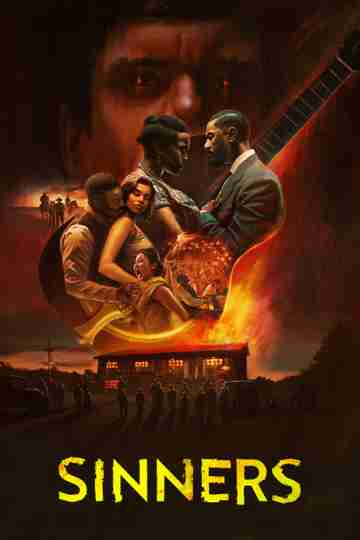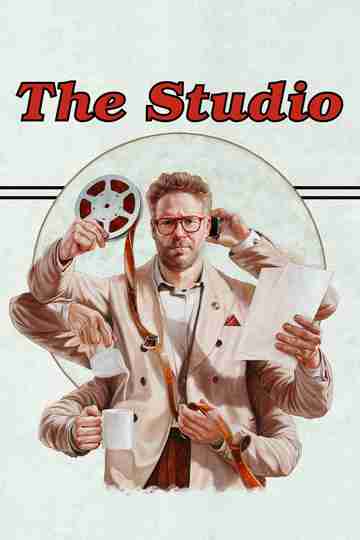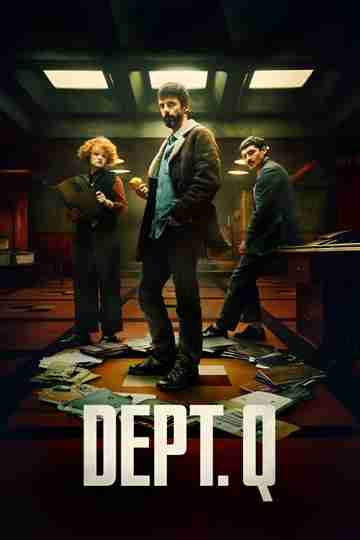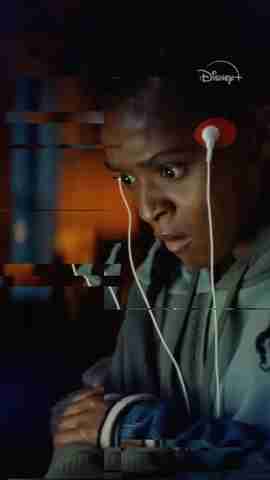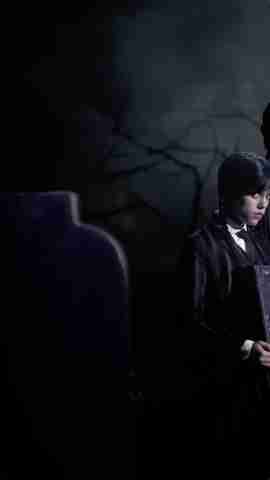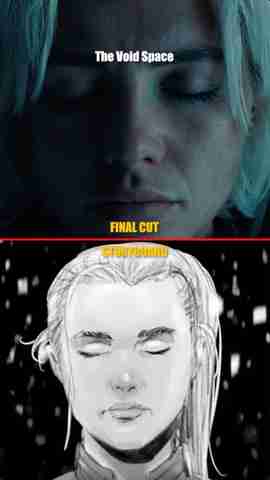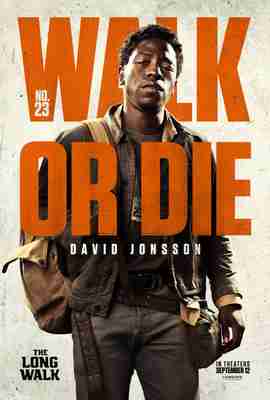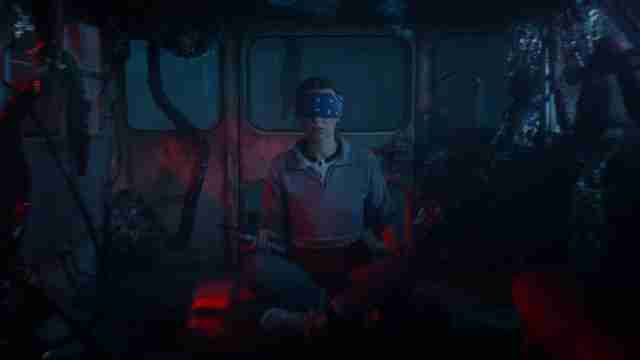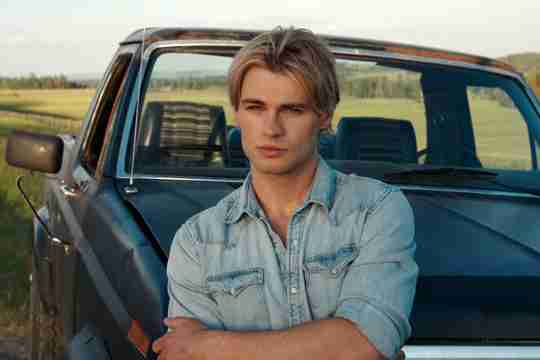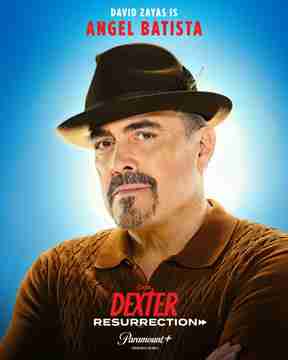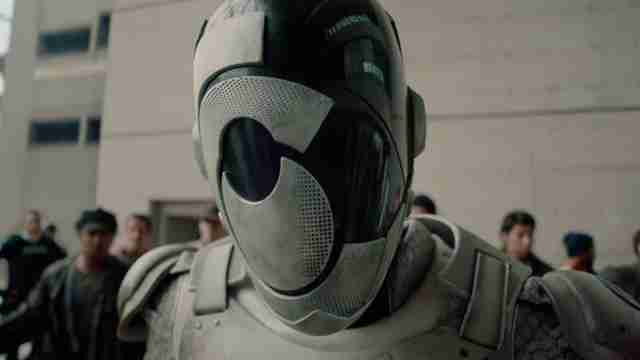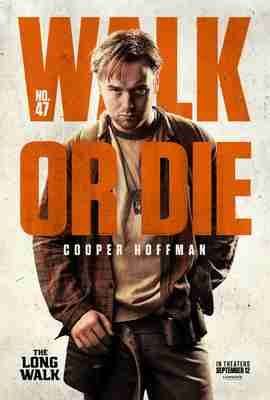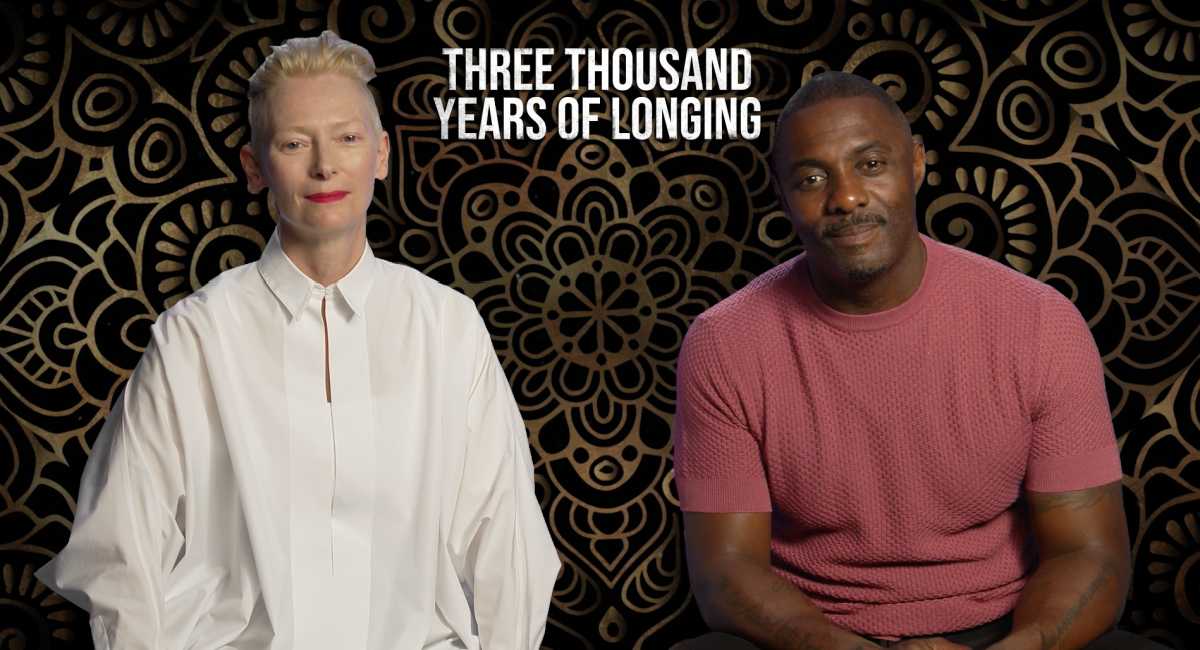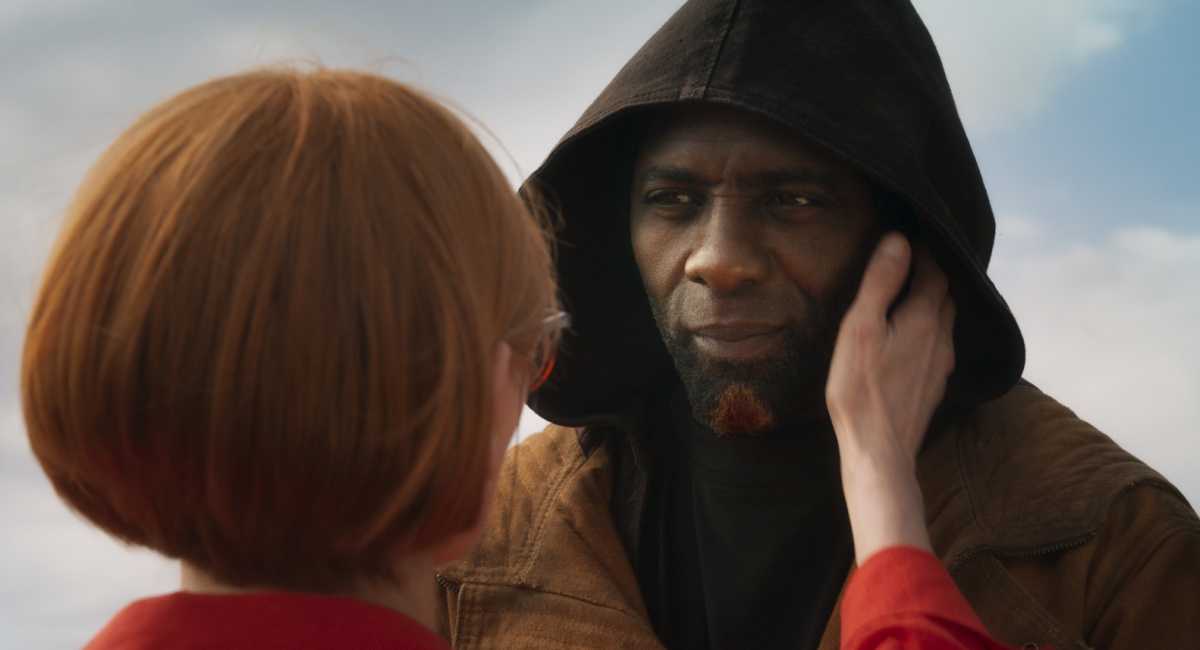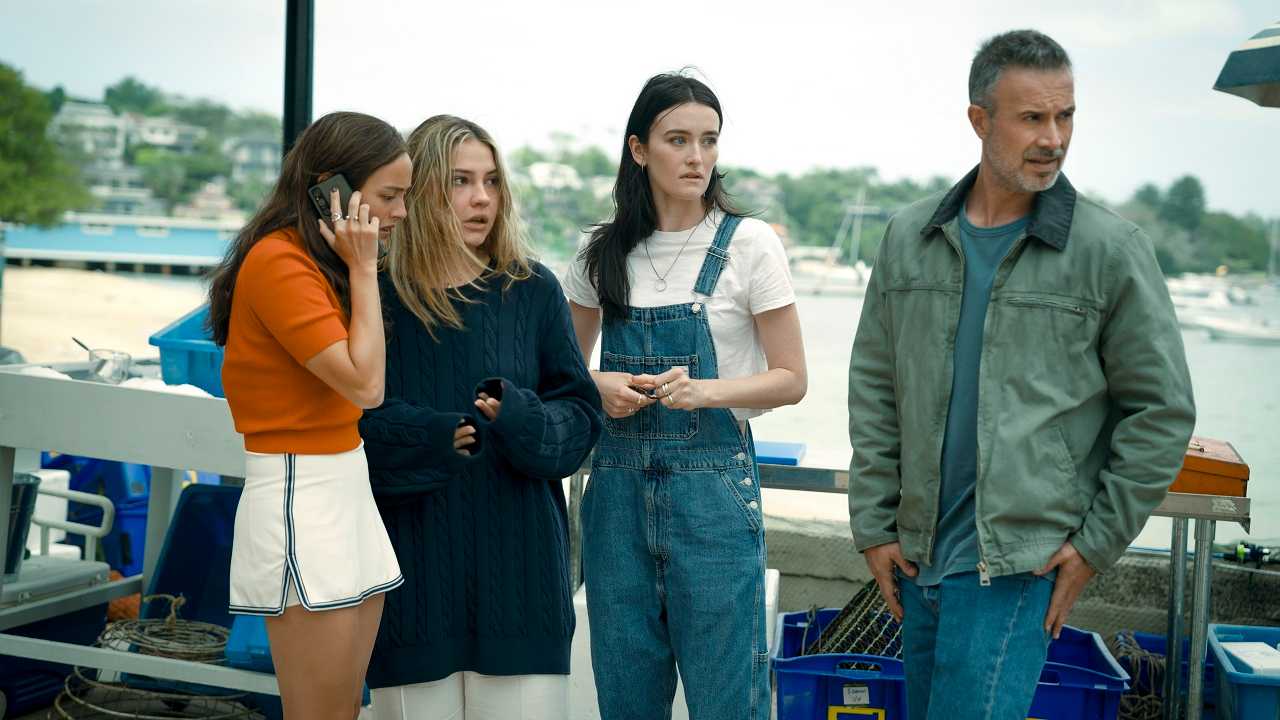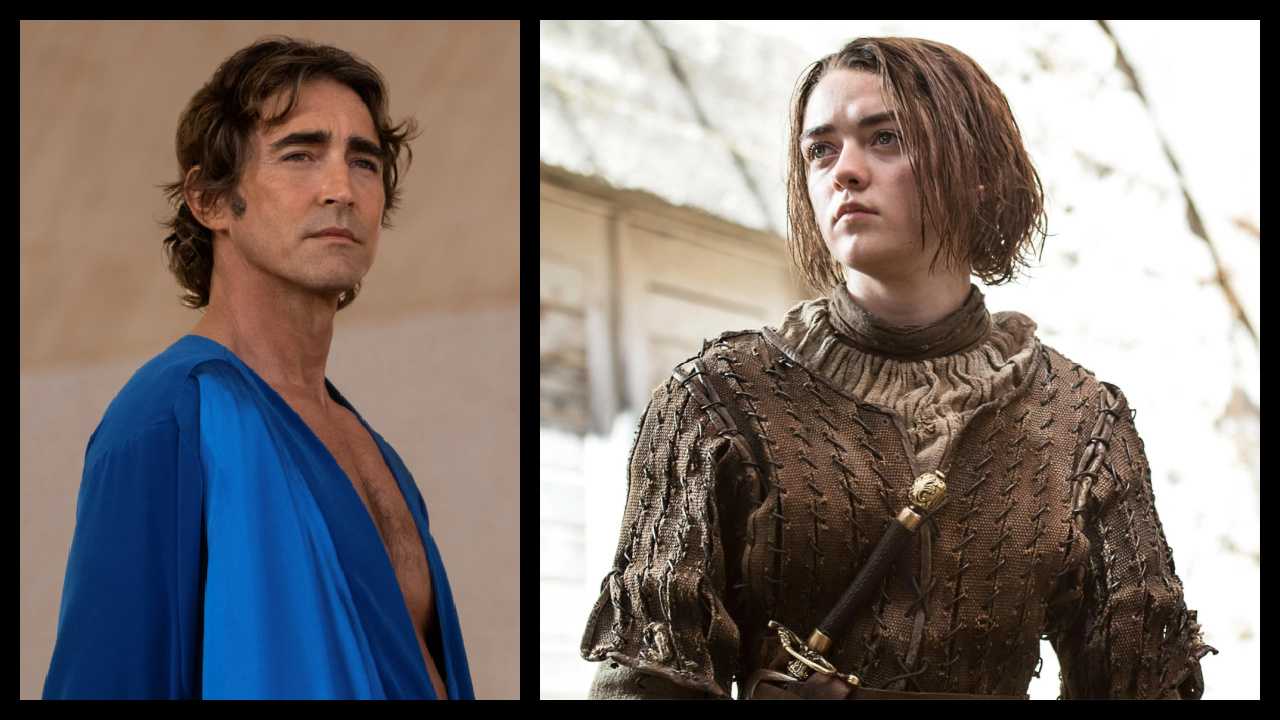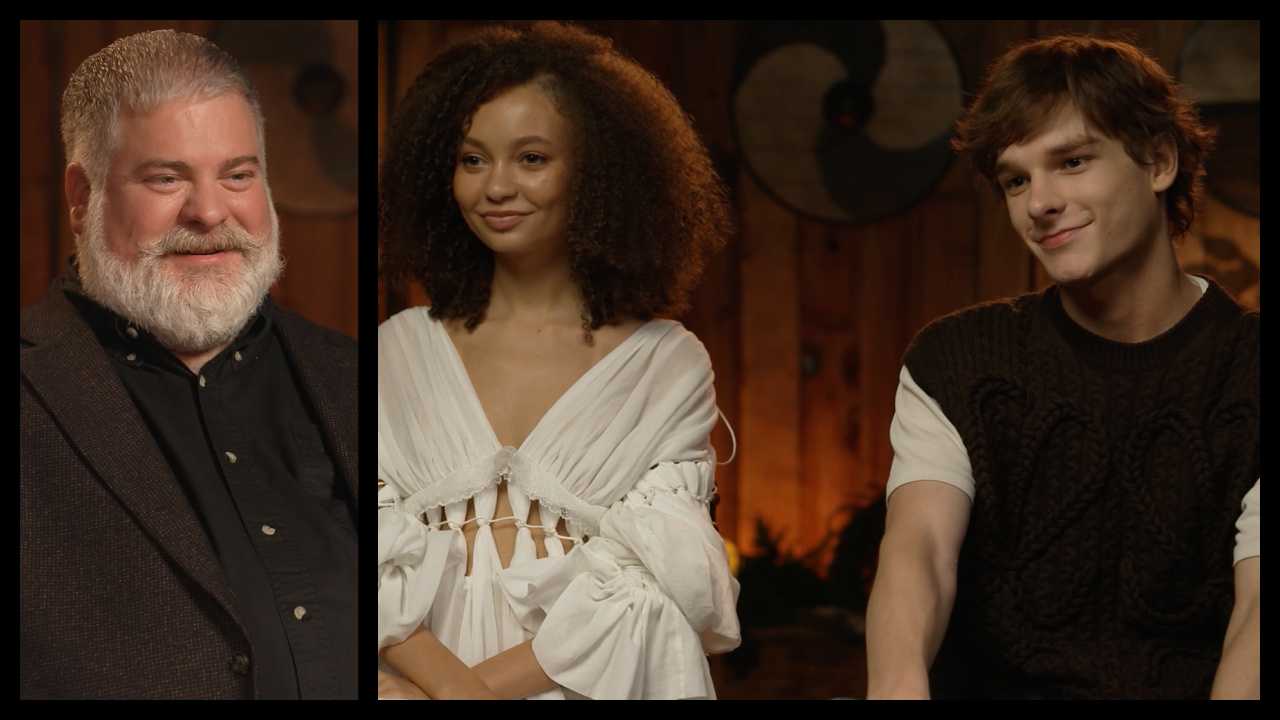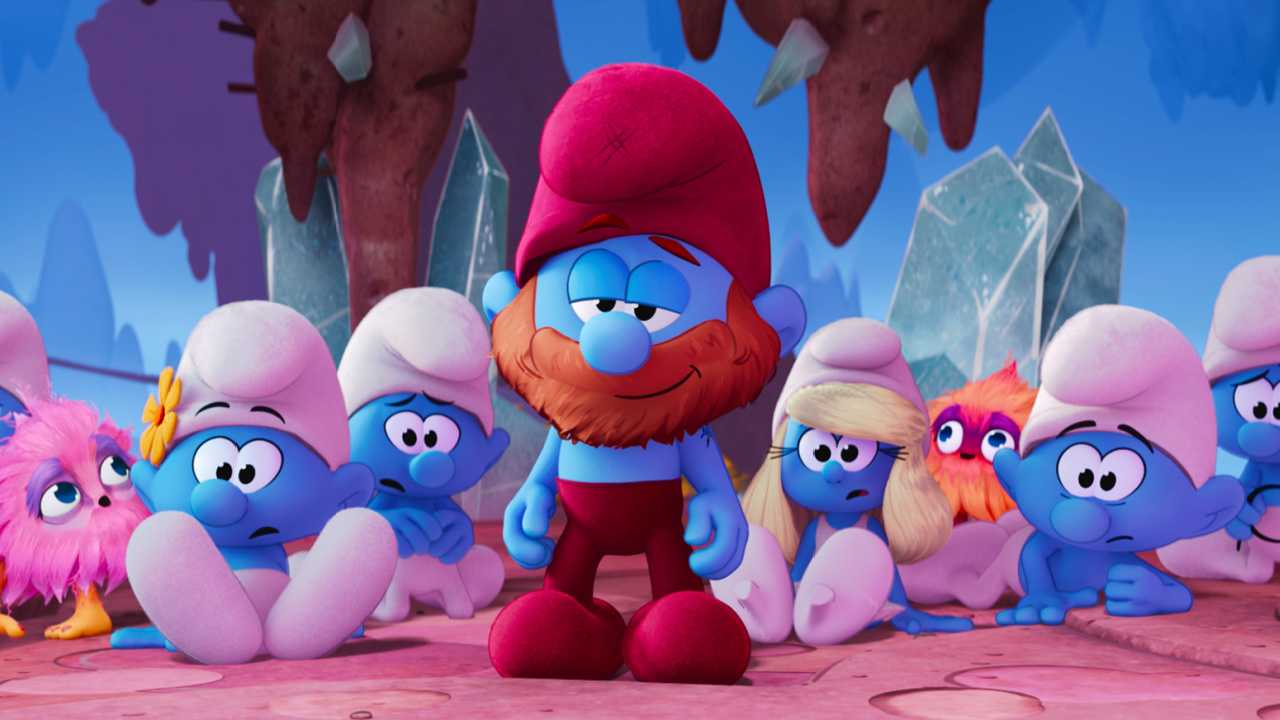18 Things You Never Knew About 'The Road Warrior'
Thirty-five years after it detonated on these shores (on May 21, 1982), "The Road Warrior" remains one of the greatest action films ever made.
Plus, it made an A-lister out of Mel Gibson, finally made Australian director George Miller's "Mad Max" franchise a success in the U.S., and influenced countless other post-apocalyptic-wasteland sagas.
The production saga behind the original "Mad Max" was nearly as wild as what wound up on screen, and the same is true of its first sequel, as you'll see below.
1. The international success of 1979's "Mad Max" gave Miller license to retell Max's story the way he might have if he'd had greater resources. Miller has said he made "Road Warrior" partly to "overcome all my frustrations on the first 'Mad Max' because that was such a low budget -- and such a tough-- movie that I had all this sort of pent up energy for the story and the filmmaking."
2. Many of the costumes came from specialty leather and fetish shops. A lot of them had cheek cutaways in the back, but it was actor Vernon Wells (who played magenta-mohawked henchman Wez) whom Gibson nicknamed "Barometer Bum" -- because he could tell how cold the weather was by the color of Wells' backside. "When my butt cheeks went purple on set," Wells recalled, "they'd send everyone into the bus so we could warm up."
3. The filming location was a remote Australian mining town called Broken Hill. Despite being off the beaten path, when the filmmakers staged the explosion of the refinery compound, the blast was so big that they had to alert all jetliners flying over the area and make sure all the mines were closed.
4. Guy Norris, a 21-year-old professional motorcycle daredevil, served as Gibson's driving double, appeared on camera as marauder Bearclaw Mohawk, did motorcycle stunts for the film, and doubled for several other marauders in fight scenes. "Essentially, every character that jumped onto the tanker was me," he said in 2015. "I'd put on a different wardrobe, jump. Then put on different wardrobe and jump again from a different position." He doubled as Mad Max during driving scenes again, 34 years later, when Tom Hardy starred in Miller's "Mad Max: Fury Road."
5. Norris was one of several stuntmen seriously injured during production. On one stunt, he went flying off his motorcycle, clipped his leg on a dune buggy, and broke his femur. (The shot stayed in the film, and Norris returned to the set a couple days later for a fight scene against Gibson, with his broken leg kept out of the frame.) Stuntman Max Aspin was successfully hurled from a vehicle during a staged crash, but he insisted on a second take and broke a vertebra.
6. But the most unusual injury befell stuntman Kim Noyce on his day off. Riding his motorcycle, he stopped in the desert to greet a caravan of camels. But his motor spooked a camel, which kicked him and sent him flying. Noyce returned to the set with a broken ankle.
7. Max's dog (above), simply named "Dog," was adopted from a pound a day before he was set to be put to sleep. Unfortunately, he was terrified by all the roaring engines on the set, and the filmmakers had to plug his ears with cotton so that he wouldn't ruin takes by barking -- or lose control of his bladder in Max's car.
8. No animals were harmed in the making of the film, Miller has claimed, not even the slaughtered rabbit. And while the dog's death occurs off-screen, Miller says he's received more complaints about shooting the pooch than about anything else in the film.
9. One more dog item: What was in that dog food can Gibson was eating from? Miller says he doesn't think it was actually dog food, but he's not sure.
10. Where did Emil Minty, the 8-year-old who played the Feral Kid, learn his lethal boomerang skills? Minty has said he learned to throw a boomerang from Gibson, and that the leading man also taught him how to head-butt without hurting himself.
11. The massive actor who played Lord Humungus (above) was Kjell Nilsson, a former Mr. Sweden and a weightlifter who had trained Swedish Olympic athletes.
12. Cinematographer Dean Semler found himself shooting one chase sequence while bound to the side of a truck with nothing more than bungee cords. The camera jostled so violently that Semler couldn't hold the eye piece to his face and had to aim by instinct. Miller like the result so much that he made a point in other scenes of having Semler jostle the camera.
13. Those two guys strapped to the front of the car (above) who are seen smashing into the back of the tanker? Semler has said those were dummies with watermelons for heads -- "watermelons with wigs," he specified.
14. The filmmakers blockaded local roads during the chase, but a postal driver ignored them and crossed over, insisting that "the mail must get through."
15. The rolling of the tanker was the film's most dangerous stunt. Driver Dennis Williams, who had never done it before, had to pull it off in one take, and on an empty stomach. Former emergency room doctor Miller had Williams fast for 12 hours beforehand because, if things went wrong and he were to need surgery, there would be fewer complications if he had no food in his system. A helicopter and ambulance were present, but many of the cast and crew were not; they were too squeamish to watch. Fortunately, Williams executed the stunt perfectly and safely.
16. The film was released as "Mad Max 2" throughout most of the world except the United States, where the original "Mad Max" hadn't made much of a dent at the box office. Here, it was marketed with the "Road Warrior" title as a stand-alone film. And since "Mad Max" had failed to make Gibson famous in the land of his birth, the "Road Warrior" trailer barely features him.
17. "Road Warrior" cost about $2 million to make, or about 10 times the cost of "Mad Max." It was a hit around the world, including $24 million earned in the U.S.
18. By Miller's count, Gibson smiles only three times throughout the film.

